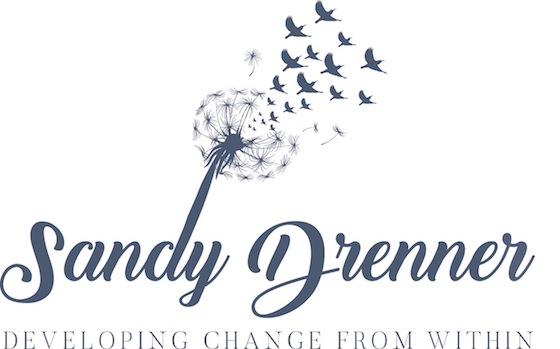The Brain Story
For my friends that enjoy understanding a little more about the brain, brainwaves and how hypnosis works:
The dominant brainwave of conscious adults is Beta (12-30Hz), which creates a state of mind characterized as “active or focused consciousness.” This is the state of fully conscious mental activity where most adults are most of the time when they are awake.
The dominant brainwave pattern of children two years old and younger is Delta
(1-4 Hz). This is the slowest brainwave pattern and is dominant during deep sleep for children of all ages, and also adults. Brain waves lower than 1 Hz are Epsilon.
Delta waves create a state of mind that is open and receptive to influences rather than being logical and rational, and less open to new ideas. During this brainwave and its consequential state of mind, children are learning and absorbing ideas and beliefs from adults around them, as well as taking in vast amounts of new information from the senses.
After the age of 3, memories are recorded and processed by the hippocampus, a part of the limbic system of the brain that processes new memories for long term storage.
The dominant brainwave of children between 2 and 5 years of age is in the Theta range, (4-7 Hz). This brainwave creates a state of mind that is relaxed and calm in adults, where the parasympathetic nervous system is active rather than the sympathetic nervous system.
During this brainwave and its consequential state, the mind is open and receptive to ideas and beliefs and the influence of others. This is a critical period of mental and psychological development where children are adopting the ideas and beliefs of their parents and other significant caregivers.
“Young children carefully observe their environment and download the worldly wisdom offered by their parents, directly into the subconscious memory. As a result, their parent’s behavior and beliefs become their own.”
Dr. Bruce Lipton from “The Biology of Belief.”
Between the ages of 6 and 12 years old, the dominant brainwaves of children are rising by about 1Hz each year, until they reach the level of conscious beta brainwaves by around age 12.
During this period, the brainwaves are transitioning between Theta (4-7Hz) and Alpha Waves (8-12Hz). “This gives us an important clue as to how children can download the incredible amount of information they need to thrive in their environment.”
Dr. Bruce Lipton
The Alpha state of mind represents a calmer, more open and intuitive and receptive state of mind than the fully conscious and rational state produced by the Beta brainwaves. It’s the state often accessed during “natural trances” like daydreaming and working on creative endeavors. And it is also the state accessed in much of Hypnotherapy work in private sessions.
This explains some of the phenomena of hypnotherapy, and perhaps of its efficacy, especially in relation to regression therapies, where recall of past events is sought out, which were first recorded during the slower brainwave patterns of childhood. Just as in the idea of “state dependent learning,” it seems that memory access may be easier in the slower brainwaves where many memories are recorded.
So to do change-work with people, it is often easier to do while the person is in an altered state of trance. This state could be anywhere from superficial Alpha waves, all the way down to Delta for doing things like pain control and to induce anesthesia.
The depth of trance necessary depends on the nature of the person, and the goal of the work; however, a “light trance” somewhere in Alpha seems to be sufficient for doing most change-work, while for medical applications, deeper states seem to work better and more easily.
Excerpts from Inner Mind Sourcing, Patrick Singleton

